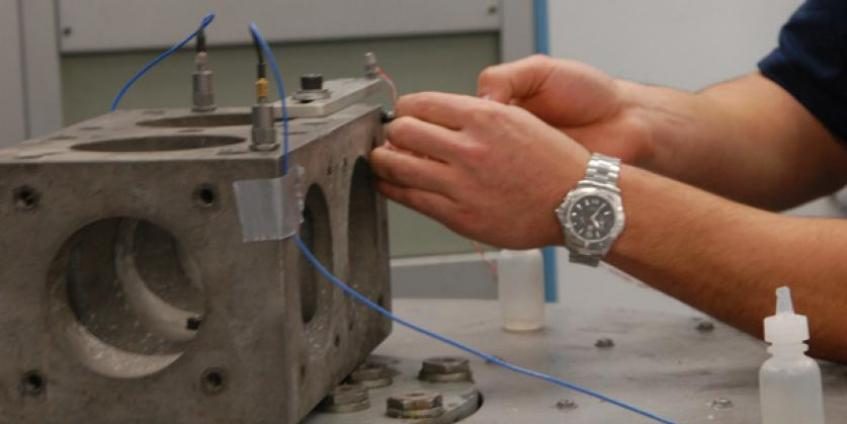We will commence by reviewing (slowly, if first-timers are present) basic vibrations, sources, and causes. Then we will explore vibration measurements, analysis, and calibration. Our discussion is supported by projected visuals and video clips. We will compare sinusoidal vs. random vibration, emphasizing testing systems, specifications, standards, and procedures and discuss ESS, HALT, and HASS. We will emphasize vibration and shock test fixture design, fabrication, experimental evaluation, and usage and shock measurement, shock response spectrum, and classical shock testing.
We will review modal testing, emphasizing topics for immediate use. We will visit the on-site (location to be determined) laboratory, where we will view, hear, and touch (hearing and feeling the differences between sine and random vibration) on shakers. We will perform a resonance demonstration, using first sine and then random vibration. We will demonstrate shock testing, using both a shaker and a shock test machine. Many participants have commented that this visit was a high point of the course. Many participants protectively install commercial-off-the-shelf equipment in flight, land vehicles, and shipboard locations subject to severe vibration and shock and test that protected equipment (1) to assure 20 years’ equipment survival and possible combat and (2) meet commercial test standards, IEC documents, DO-160G, and military standards such as STANAG, MIL-STD-810G, etc. Few, if any, engineering schools teach about such protection or testing. Thus, we offer this specialized course.


